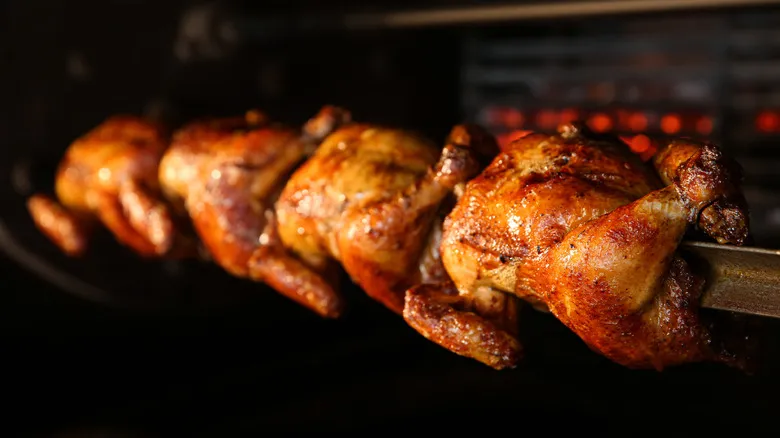Rotisserie chickens aren't subpar chickens
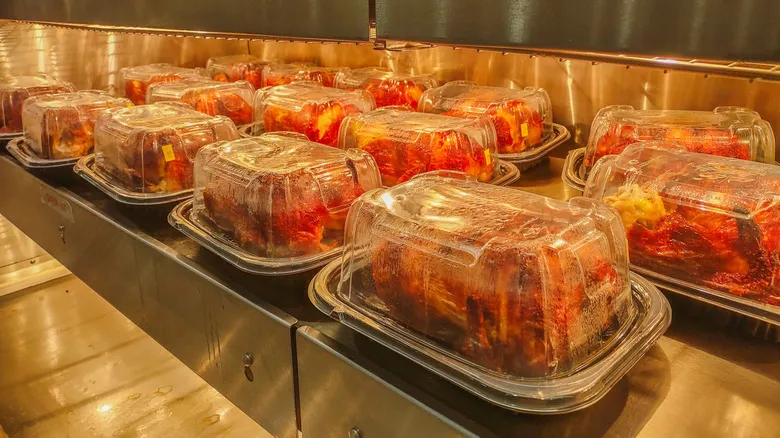
The essence of this specific price variation stems from grocery stores' efforts to adhere to printed sell-by dates, whether they are open or closed expiration dates. For many perishable items, the open "best if used by/before" date indicates the last day a product is at its peak quality, not when it becomes inedible. As former Trader Joe's CEO Doug Rauch mentioned in a 2013 New York Times interview, instead of discarding perfectly good meat, bread, or produce, grocery stores often transform these items into ready-to-eat salads, noodle dishes, fried chicken, and, in some instances, rotisserie chicken.
Since whole, raw chickens remain safe to consume even after reaching their sell-by date, it makes sense for stores to find a way to encourage sales. This is where rotisserie chickens come into play. Many larger grocery stores now feature in-store commercial ovens specifically for cooking rotisserie chickens. However, instead of pricing them at a premium, prepared deli items are often sold at lower prices to help reduce surplus and attract customers. A PBS survey revealed notable price disparities between raw and rotisserie chickens at various grocery stores.
As you explore the best and worst grocery store rotisserie chickens, it's crucial to consider other factors influencing price differences. Rotisserie chickens need to be uniform in size to optimize the cooking process and packaging, which often results in them being smaller and more affordable. Additionally, it's unlikely that stores are using the most expensive, organic chickens for their deli chicken salads.
How rotisserie chicken got so cheap that the customer's gain became the retailer's loss
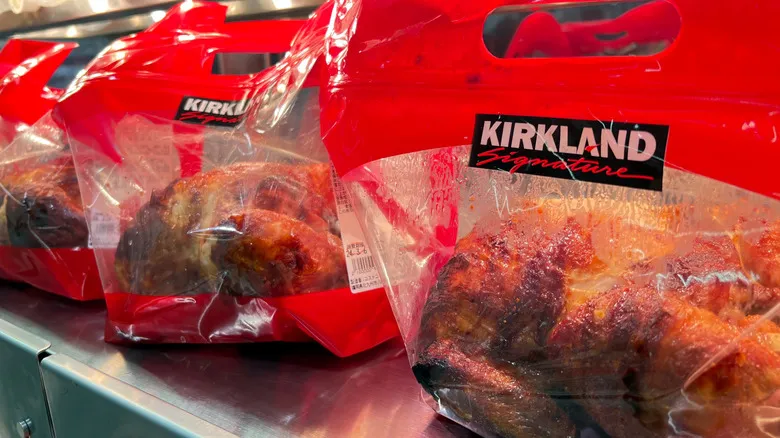
In 1994, Supermarket News highlighted a sudden surge in the demand for rotisserie chickens, attributing this trend to the popularity of Boston Market and Kenny Rogers Roasters, both of which focused heavily on roasted chicken. The publication noted that grocery store sales of rotisserie chickens had increased by as much as 30% over the previous four months. In response, stores quickly enhanced their services, seasonings, and production capabilities. One store owner even wondered if this newfound interest was merely a passing trend.
Fast forward to today, and spit-roasted chicken remains a favorite. In 2023, Costco shoppers devoured 137 million rotisserie chickens, showcasing the item’s enduring appeal. Costco approaches its rotisserie chicken business uniquely, utilizing a dedicated supply chain instead of relying on perishable stock. The company sources its chickens from a single supplier, which marinates them beforehand and ships them to stores ready for roasting. Priced around $5, these chickens serve as a loss leader, enticing customers to enter the store and likely purchase additional items, thereby increasing their overall spending. While they may not have the extensive infrastructure of Costco's poultry operation, many other retailers, such as Canada’s Rowe Farms, employ a similar pricing strategy for their rotisserie chickens (via CBC).
Although the prices of whole, raw chickens can vary with market fluctuations, the cost of grocery store rotisserie chickens has remained relatively stable over the past three decades. Back in '94, one retailer informed Supermarket News that his store was increasing its price from $3.99 to $4.39 per rotisserie chicken. Adjusted for inflation, that would be approximately $9.31 today, which is close to the current price of rotisserie chicken at Portland's Safeway.
Recommended
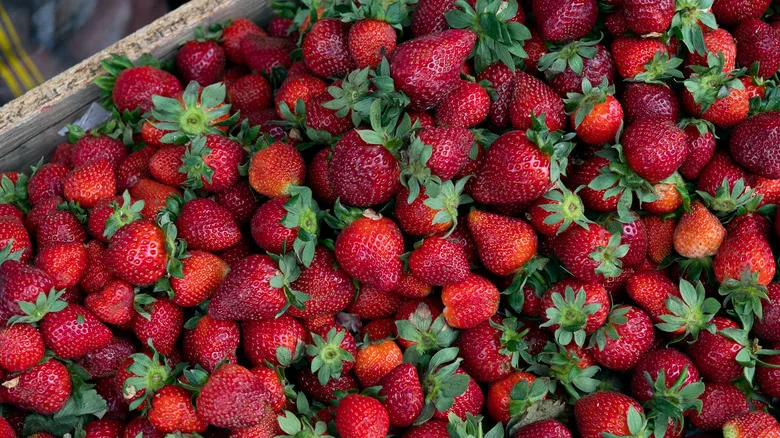
The Best Way To Choose Ripe Strawberries At The Store
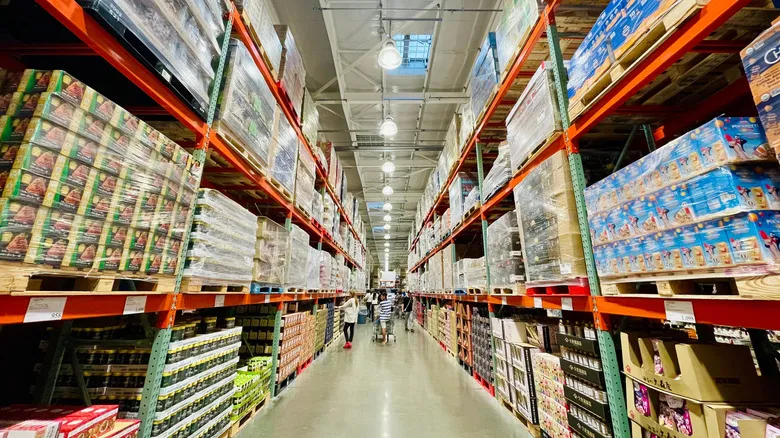
The Difference Between Costco Business Centers And Costco Warehouses
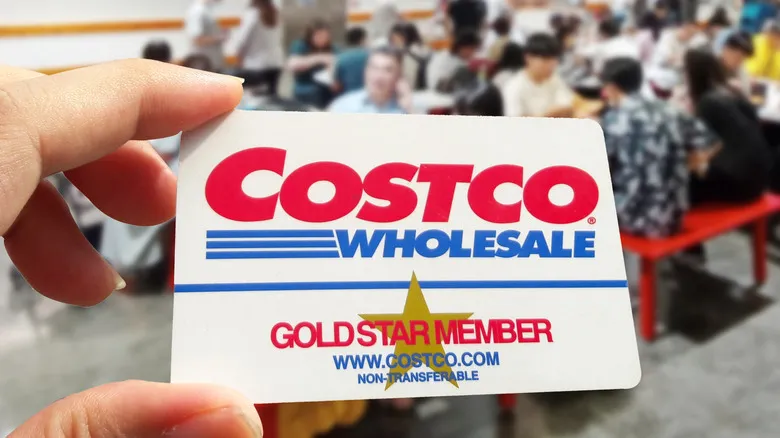
Why Is Costco Members-Only?

What Happened To Costco's Big Competitor Price Club?
Next up

